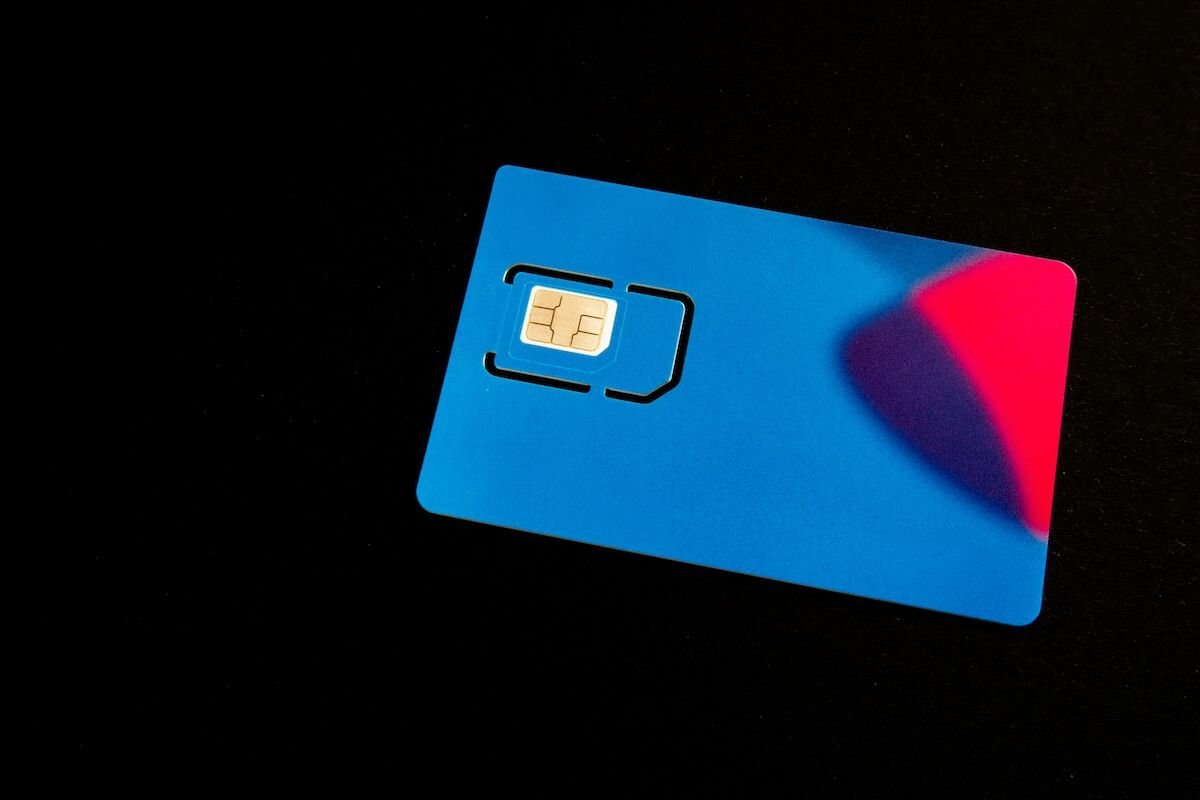Advertiser Disclosure
Last update: July 21, 2025
4 minutes read
Will Bill S-381 Kill Student Credit Cards? Understanding the 10% APR Cap Proposal
Could the 10% APR cap in Bill S-381 wipe out student credit cards? Learn how this proposal may impact your ability to build credit in college.

By Derick Rodriguez, Associate Editor
Edited by Brian Flaherty, B.A. Economics
Learn more about our editorial standards



By Derick Rodriguez, Associate Editor
Edited by Brian Flaherty, B.A. Economics
Learn more about our editorial standards
Have you heard about the bill that could cap credit card APRs at 10% nationwide? Sounds like a win, right?
It’s not that simple. While the idea of lower interest rates is appealing—especially for students—Bill S-381 has major implications that could limit access to student credit cards altogether. In this post, we’ll break down what the bill proposes, how it might affect student credit cards, and whether it helps or hurts your financial future.

Key takeaways
- Bill S-381 proposes a national 10% APR ceiling on all credit cards
- Student credit cards could vanish if banks can't profit under the cap
- Low-limit, high-risk cards for students may no longer be offered, making credit-building harder
What is Bill S-381?
Bill S-381, also known as the 10 Percent Credit Card Interest Rate Cap Act, is a federal proposal to cap the annual percentage rate (APR) on credit cards at 10%. This is dramatically lower than the current national average APR, which hovers around 22% for most credit cards.

TuitionHero Tip
This bill is modeled after military APR protections, which limit rates for active-duty service members, but applying it to all consumers is a big leap.
Why do credit card APRs matter for students?
APRs—or Annual Percentage Rates—represent how much interest you’ll pay on borrowed money.
For students with limited income and credit history, credit card companies often charge higher APRs due to higher risk. This allows credit card companies to turn a profit even if some borrowers default.
Here’s why APRs matter:
- Missed payments = costly debt
- Carrying a balance = high interest
- Higher APRs mean even small purchases add up fast
High credit card APRs can be unpleasant. But credit cards also help students build credit, which is crucial for renting apartments, getting auto loans, or qualifying for better financial products after graduation.
Compare private student loans now
TuitionHero simplifies your student loan decision, with multiple top loans side-by-side.
Compare Rates
How could a 10% APR cap affect student cards?
If banks and card issuers can’t charge more than 10% APR, they may stop offering cards that are:
- Low-limit (under $1,000)
- High-risk (like first-time borrowers)
- High-cost to service (customer support, compliance, etc.)
The result? Fewer options for students who are just starting to build credit.
According to government estimates, credit card issuers often rely on 20–30% APRs to break even on riskier or low-limit cards. Slashing rates in half could make these products financially unviable.
Would student credit cards disappear?
It’s possible. Student cards are already a niche product with lower credit limits and limited perks. If lenders can’t make money offering them, they may pull them from the market entirely.
Here's what that could mean:
Impact | Description |
|---|---|
Reduced Access | Students with no credit history may be denied cards. |
Fewer Starter Options | Entry-level credit products may be phased out. |
Delayed Credit Building | Students may wait years to establish credit. |
Even if student cards don’t disappear, other fees may rise to make up for lower APRs. Think higher late payment fees, higher cash advance fees, or the introduction of annual fees for cards that previously didn’t have them.

TuitionHero Tip
This could also push students toward riskier options like “buy now, pay later” apps, which often lack consumer protections.
What alternatives would be left for students?
If traditional student credit cards go extinct, you still have a few routes to build credit responsibly:
Secured credit cards
- Requires a refundable cash deposit (usually $200–$500)
- Reports to credit bureaus like a regular card
Credit-builder loans
- Offered by credit unions and fintechs
- You “repay” a loan you don’t access until it’s paid off
Authorized user status
- A parent adds you to their credit card
- You inherit their payment history (good or bad!)

TuitionHero Tip
Some neobanks offer student-friendly tools that report rent or subscriptions to credit bureaus—worth exploring!
Building credit without high APRs
- Always pay in full each month. Avoids interest entirely.
- Start with a secured card if you’re denied a traditional card. You’ll build credit safely.
- Set up autopay + reminders. Never miss a payment.
- Track your credit score. Many apps offer this for free.
Want more ideas? Check out our student credit-building guide for actionable steps.

Why trust TuitionHero
At TuitionHero, we help students find the best credit cards by comparing rewards, low-interest options, and student-friendly benefits. Whether you're building credit, earning cash back, or managing expenses, we simplify the selection process. We also provide insights on scholarships, FAFSA assistance, private student loans, and refinancing to support your financial journey.
Frequently asked questions (FAQ)
No. As of mid-2025, it’s still in the proposal stage. It would need to pass both chambers of Congress and be signed by the President to become a law.
A 10% APR cap could hurt students because lenders may pull student cards from the market if they can’t charge enough interest to offset risk.
Most student credit cards have APRs that range from 19% to 27%, depending on the student’s creditworthiness and issuer policies.
Yes. Secured cards, credit-builder loans, and authorized user status are good alternatives to build credit without a student credit card.
Always pay your full balance by the due date. That way, the APR doesn’t matter, as you won’t be charged interest.
Final thoughts
Bill S-381’s proposed 10% APR cap could dramatically reshape the student credit card market. While it aims to protect consumers from predatory interest rates, it may unintentionally cut off a key financial tool for students trying to build credit responsibly.
If you’re a student, now’s the time to explore safe, low-risk ways to build credit. And remember: TuitionHero is here to help you navigate the changing financial landscape, every step of the way.
Source
Author

Derick Rodriguez
Derick Rodriguez is a seasoned editor and digital marketing strategist specializing in demystifying college finance. With over half a decade of experience in the digital realm, Derick has honed a unique skill set that bridges the gap between complex financial concepts and accessible, user-friendly communication. His approach is deeply rooted in leveraging personal experiences and insights to illuminate the nuances of college finance, making it more approachable for students and families.
Editor

Brian Flaherty
Brian is a graduate of the University of Virginia where he earned a B.A. in Economics. After graduation, Brian spent four years working at a wealth management firm advising high-net-worth investors and institutions. During his time there, he passed the rigorous Series 65 exam and rose to a high-level strategy position.
At TuitionHero, we're not just passionate about our work - we take immense pride in it. Our dedicated team of writers diligently follows strict editorial standards, ensuring that every piece of content we publish is accurate, current, and highly valuable. We don't just strive for quality; we aim for excellence.
Related posts
While you're at it, here are some other college finance-related blog posts you might be interested in.
Shop and compare student financing options - 100% free!

Always free, always fast
TuitionHero is 100% free to use. Here, you can instantly view and compare multiple top lenders side-by-side.

Won’t affect credit score
Don’t worry – checking your rates with TuitionHero never impacts your credit score!

Safe and secure
We take your information's security seriously. We apply industry best practices to ensure your data is safe.
Finished scrolling? Start saving & find your private student loan rate today
Compare Personalized Rates


